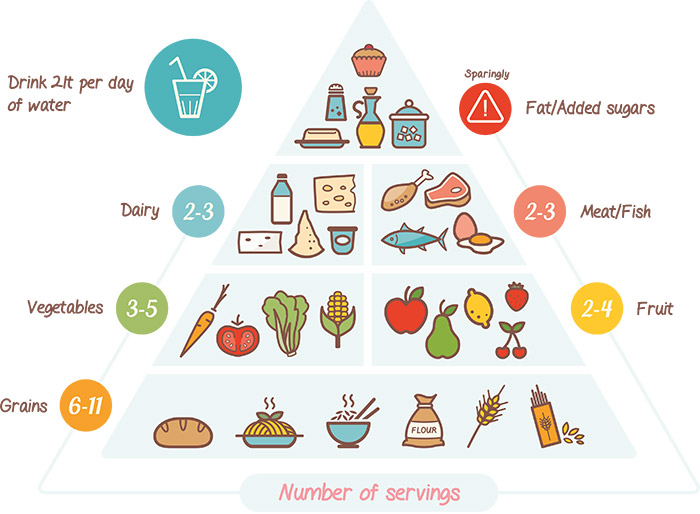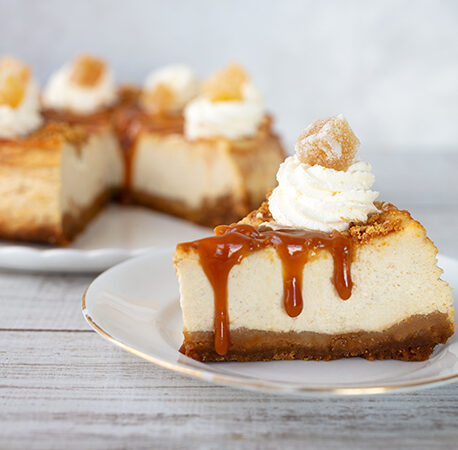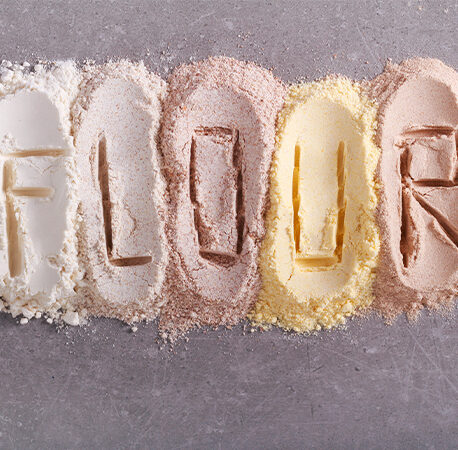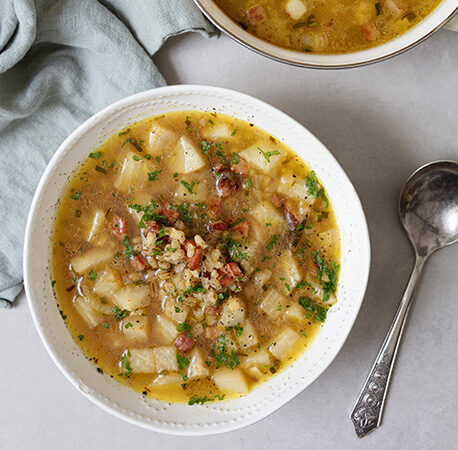It’s that time of year again: lunch boxes are being bought and trolleys are being filled with foods suitable for the academic year ahead. It can be hard to keep lunches and snacks interesting all year round, but with the right knowledge and a bit of creativity, all will be well. Making snacks and lunches together can add some fun; try taking an hour over the weekend Sunday to bake or prepare food for the week ahead. Not only will this save time in the mornings, but it can also be a bonding experience. The food pyramid outlines the ideal portions of foods to be consumed daily. Using this as a guide when preparing lunches and snacks for your little ones will ensure a balance of foods in the diet.

A healthy balanced diet is crucial to ensure all your body’s nutrient requirements are met each day. A combination of the macronutrients protein, carbohydrates and fats should make up the most part of lunches and snacks, while including essential micronutrients such as vitamins, minerals and water. One can achieve this by using wholemeal wraps, bread, rolls or bagels as a source of complex carbohydrates which release energy slowly throughout the day. Wholemeal foods are also rich in fibre, aiding digestion and keeping us fuller for longer, in contrast to refined carbohydrates (such as white bread, cakes and biscuits). A source of lean meat, fish, eggs or meat alternatives will provide protein, necessary for the growth of body cells in children and teenagers. Healthy sources of unsaturated fats such as avocado or nuts should be included to provide energy for school work, activities and homework.
Fruit and vegetables will provide fibre, as well as vitamin C to help ward off nasty colds and flus. According to the food pyramid, seven portions of fruit and vegetables should be consumed daily. Buy fruit in season when it is at its freshest and is less expensive. Include fruit and veggies with every meal and incorporate them into your child’s snacking routine. Being creative with your little one may encourage him/her to eat the produce: try making faces on sandwiches with fruit or arranging the fruit in a colourful way. Water is essential daily for hydration, so including a bottle of water as part of lunch instead of sugary drinks is important.
Snacking on the correct foods as well as eating them at lunchtime is vital. The risk of obesity, tooth decay, type 2 diabetes and other health problems can be significantly reduced by using the information above and introducing good habits to your child from a young age. Opting for a handful of nuts, fruit, carrot sticks or homemade flapjacks is a much healthier option than junk foods like sweets, chocolate or crisps, all of which should be eaten sparingly.
A few key guidelines to consider when preparing lunches and snacks:
- Take your kids’ likes and dislikes into consideration, but don’t be afraid to experiment with different foods.
- Ensure that all lunches and snacks are filling and nutritious to aid in concentration and provide energy for activities and play.
- Avoid empty calorie foods such as chocolate, cake, sweets and crisps. Keep these for a very occasional treat.
- Aim for variety wherever possible; eating the same lunch every day can make it become less appealing.
- Remember the Food Pyramid and aim to include healthy options in lunches
- summer events
- small business
- gut health
- OATLY
- healthy
- Crudo
- top tips
- All Together Now
- fridge cake
- Events Waterford
- me auld flower
- Events Ireland
- food festival
- news
- dublin
- events Dublin
- dublin festival
- Home-Cooking
- food and drink festival
- online cooking course
- festival line-up
- cooking
- Summer festival
- eco-friendly
- Events
- cosy
- Festivals Ireland
- wine
- Body & Soul
- grapes
- music festival
- south africa






You have to be signed in to comment this post.